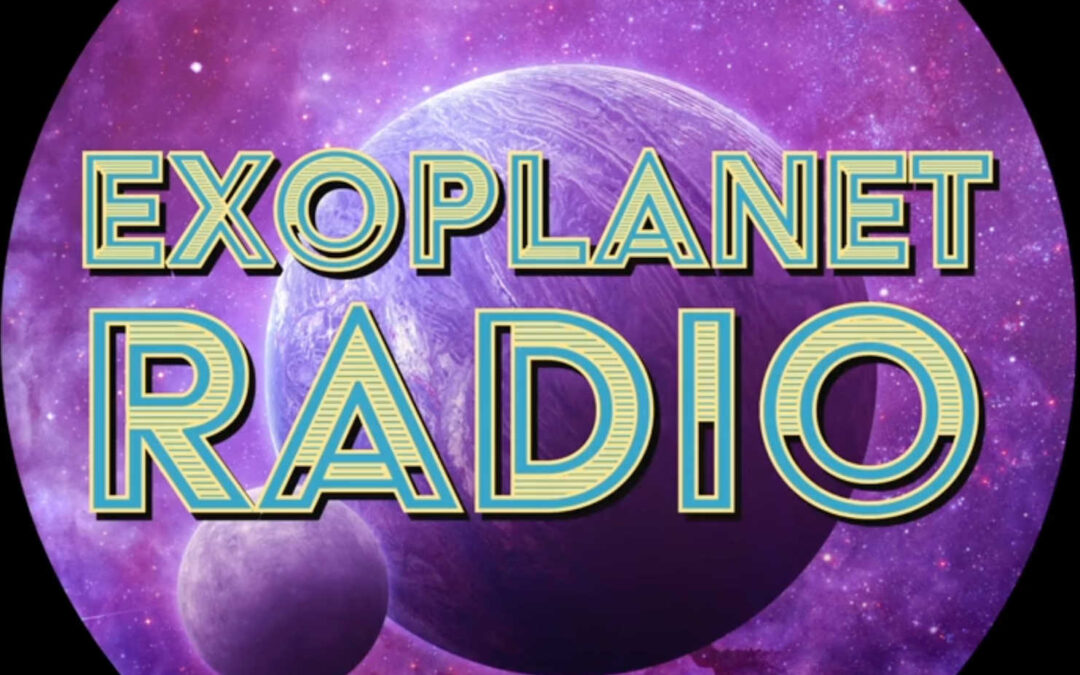The James Webb Space Telescope has detected its first exoplanet. Its name is LHS 475b, and astronomers believe it is remarkably similar to our own home planet.


The James Webb Space Telescope has detected its first exoplanet. Its name is LHS 475b, and astronomers believe it is remarkably similar to our own home planet.

Proxima Centauri-b is the closest exoplanet to Earth and lies within the habitable zone of its star. And not only that, but it’s in the habitable zone!

Did you know that the discovery of other planets in orbit around other stars is a very recent one? Only 25 years ago, we had no idea there were any planets in our galaxy besides those in our solar system. Now, not only have we discovered them, but astronomers estimate there are trillions of them. There are so many exoplanets out there that every star in our galaxy could have at least one.

Kepler-22b is one of the first exoplanets confirmed by the Kepler Space Telescope that resides in the habitable zone.


Here is the Eagle nebula taken using off-the-shelf equipment available to the amateur astronomer. So what instrument can we use see the Pillars of Creation with amateur astronomy telescopes?


Dustin talks about his experiences with the new iOptron equatorial mounts. And Tony wonders about the effects of LED streetlights on our night skies.

Is the many-worlds interpretation of quantum mechanics science? While we may not be able to say what exactly science is, I can say that I prefer to have my science with a little bit of data. For me to recognize science when I see it, it has to come with some observations or something verifiable
